It is Thursday morning, time for work. My stomach tightens, my back aches, and my head hurts. I have to spend the next eight hours a few feet away from the man I avoid as much as possible—my overbearing boss who makes sexist jokes and snide comments at my expense. Most days, he directs his remarks toward my appearance, a habit that has compelled me to dress down over the last few months, to wear less make-up, and to attempt invisibility when I’m away from home. As a young woman, a journalist and a writer who relies on freelance contracts, I know my experience is not uncommon. I am confronted with the same realities as many peers: abysmal pay and irregular employment that means I have to endure this harassment to make ends meet.
Fortunately, on a recent reporting assignment, I encountered the intriguing work of visual artist Brigite Normandin, whose artistic practice addresses themes of abuse, injustice, and powerlessness. At once provocative and reflective, her artworks challenge the status quo. I find them nurturing and understanding. When my boss becomes too much to handle, I now escape into Brigite’s world.
Hosted at Galerie Art Plus, a repurposed Sutton church nestled in the Eastern Townships, Brigite’s solo exhibition, “Ex Voto,” riffs on the practice of votive offering, or imbuing spiritual objects with the symbolic power to affirm devotion to an act or cause. Instead of traditional candles, however, Brigite’s exhibition is populated by life-sized dolls that bear witness to lived experiences of the oppressed. By calling attention to social inequities, the dolls represent a manifestation of healing and an externalization of turmoil to achieve inner peace.
The bodies speak… for a wound healed, an injustice remedied, a wrong that has been put right.
For instance, “The Physical Life of Women” doll critiques the gendered pressures to conform to reproductive expectations, while another, titled “Les fleurs du mal,” highlights the pressure of feminine beauty standards. Another still, “La bourse,” calls attention to economic disparities and unjust class division through abruptly placed bank seals lacquered with an urgent shade of red. Brigite’s mannequins externalize the inner pain, trauma, and wounds created by societal norms as a form of catharsis. “The bodies speak… for a wound healed, an injustice remedied, a wrong that has been put right. I have always been fascinated by relics and areas of devotion. I’m not religious myself, but I’m always intrigued by how and why people believe,” said Brigite.
Brigite’s fascination with dolls dates back to her early childhood. “I didn’t play with Barbies. My mother made dolls out of carton and paper and we entertained ourselves with what we had,” she said. But it wasn’t until she encountered a stark photograph in one of her father’s coffee table books that she discovered their storytelling potential. “It was a book about war and I remember looking at a picture of a broken porcelain doll mingled with the rubble,” she said.“The doll has always stayed in the back of my mind.”
Ten years ago, Brigite decided to engage with the haunting childhood memory. She scoured antique shops, searching for vintage artefacts to express political and social commentary. Her dolls are a mix of newspaper fragments and found objects that advocate against oppression and injustice. “These dolls… tell a story; a story about women, about religion, about society, and how these factors work together to create the world we live in. Over time, we attach ourselves to them and become aware of global suffering by looking at what is real, what is true, what is obvious and what is continually disregarded because it is too painful to bear,” she said.
While Brigite’s art may make some viewers uncomfortable in their unflinching honesty, her work reflects a critical narrative that should be told. When I look at her dolls, I want to touch their scars and lick their wounds. They reflect many of the realities I face and those I want to change. Every time I leave them, I may still be broken but I’m healing. Today will be the day I act.



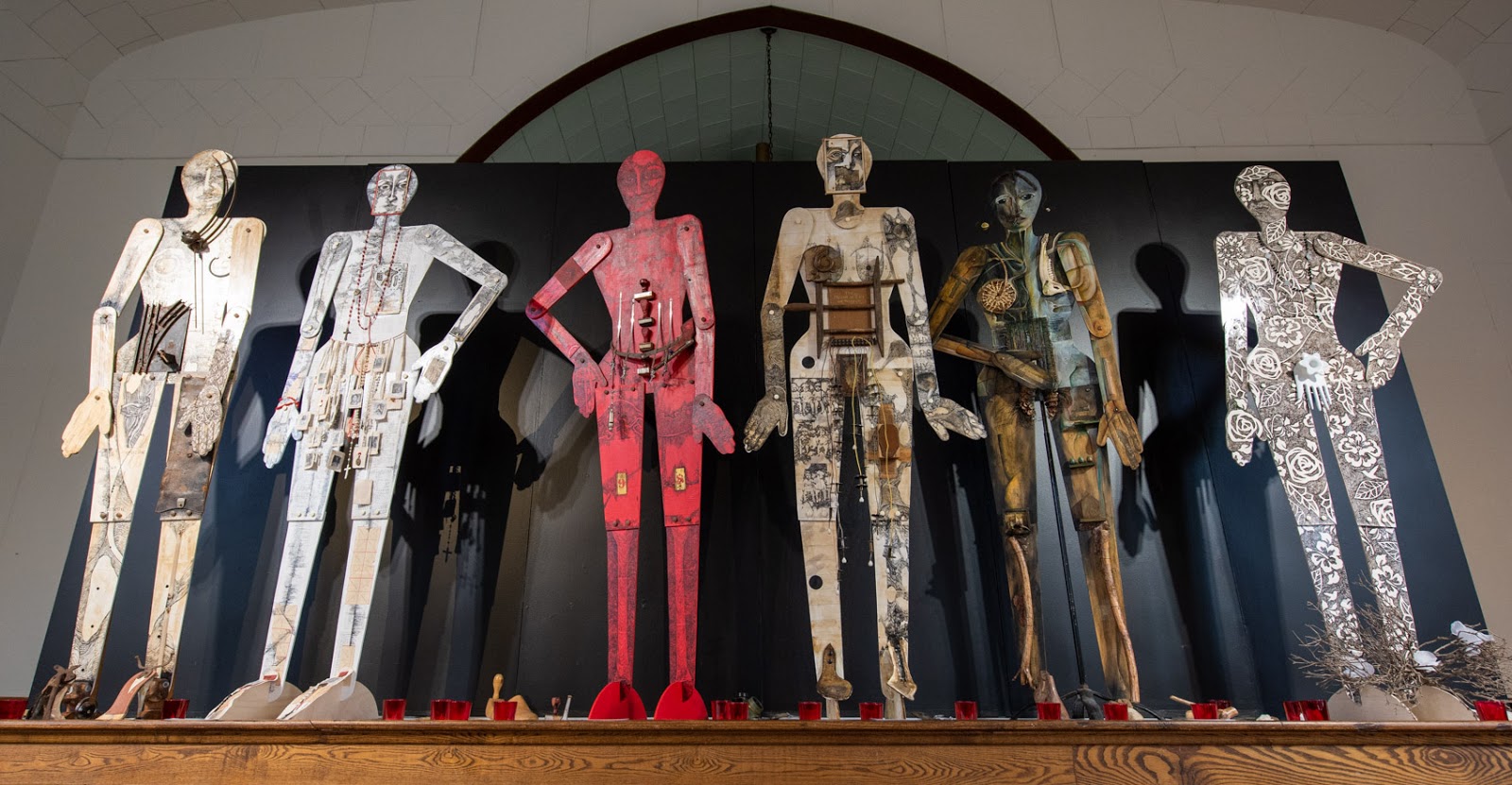



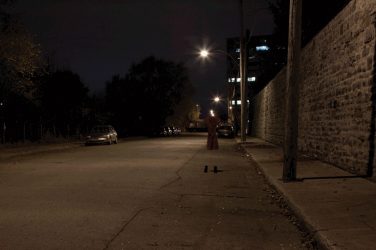

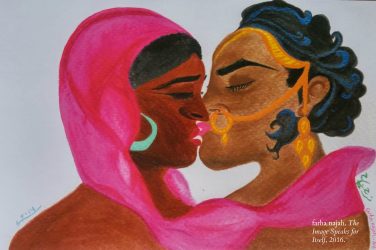
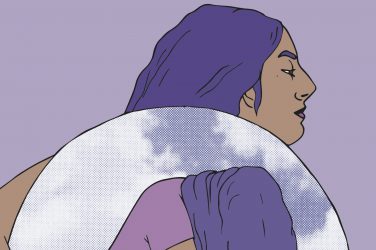
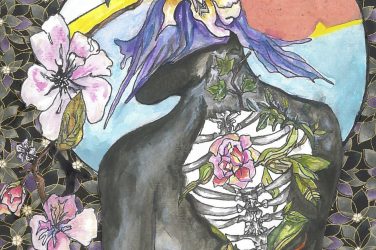
Show Comments (0)